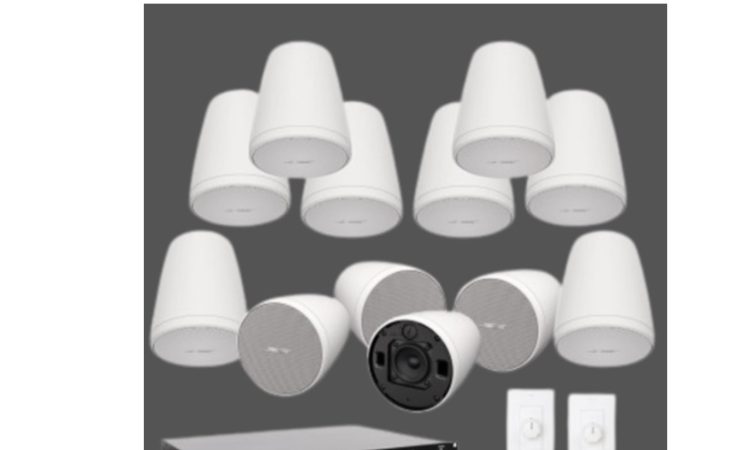
In the modern workplace, creating an environment conducive to productivity and comfort has become essential. One fundamental component of this environment is a well-designed sound system, which plays a crucial role in improving communication and overall employee satisfaction. Integrating a commercial audio system can significantly enhance the auditory experience within any business space.
The Importance of Sound in the Workplace
Sound has both psychological and physiological effects on humans, influencing mood, concentration, and even stress levels. In a bustling office environment, managing sound becomes critical to prevent distractions and ensure everyone can focus on their tasks. Strategically installed audio systems help control ambient noise levels and deliver clear sound coverage, fostering a harmonious atmosphere.
Understanding the Space
Every workspace has unique acoustic characteristics that must be carefully considered when designing an effective audio system. Factors such as room size, ceiling height, and the presence of sound-absorbing materials like carpets and curtains can all significantly impact how sound travels through a space. For instance, larger rooms may require more powerful speakers to ensure sound reaches all corners, while high ceilings can lead to echo and reverberation if not properly managed.
Choosing the Right Equipment
Selecting the appropriate equipment is paramount in achieving optimal sound quality, especially in diverse environments such as venues, studios, and public spaces. This process entails choosing the right speakers, amplifiers, and microphones that can deliver high-fidelity audio across the designated area, ensuring that the sound reaches every corner without distortion. It’s important to consider factors like the size of the space, the acoustics, and the intended use of the audio system.
Implementation and Maintenance
Once an audio system is installed, regular maintenance is required to keep it functioning at peak performance. Simple tasks such as dusting components and checking connections can prevent major issues down the line. Refer to this article for more detailed advice on Maintenance And Troubleshooting Commercial Audio Systems.
Conclusion
A thoughtfully integrated commercial audio system not only enhances the auditory experience but also plays a significant role in cultivating a more productive and engaged workforce. Such systems can be tailored to meet the unique acoustic requirements of different workspaces, whether it’s an open-plan office, a conference room, or a retail environment. By carefully considering factors like sound distribution, clarity, and volume levels, businesses can ensure that their audio systems support various activities, from collaboration and brainstorming sessions to presentations and background music that energizes employees.
Frequently Asked Questions
1. How do audio systems improve workplace productivity?
Audio systems manage ambient noise levels, ensuring clear communication and reducing distractions, which helps maintain focus and enhance productivity.
2. What type of maintenance does a commercial audio system require?
Regular maintenance includes dusting, checking cable connections, and consulting professional advice for troubleshooting and equipment updates.
3. Why is it important to tailor an audio system to a specific workspace?
Each workspace has unique acoustics that affect sound quality. Tailoring an audio system to these specifics ensures optimal performance and a comfortable listening experience.
